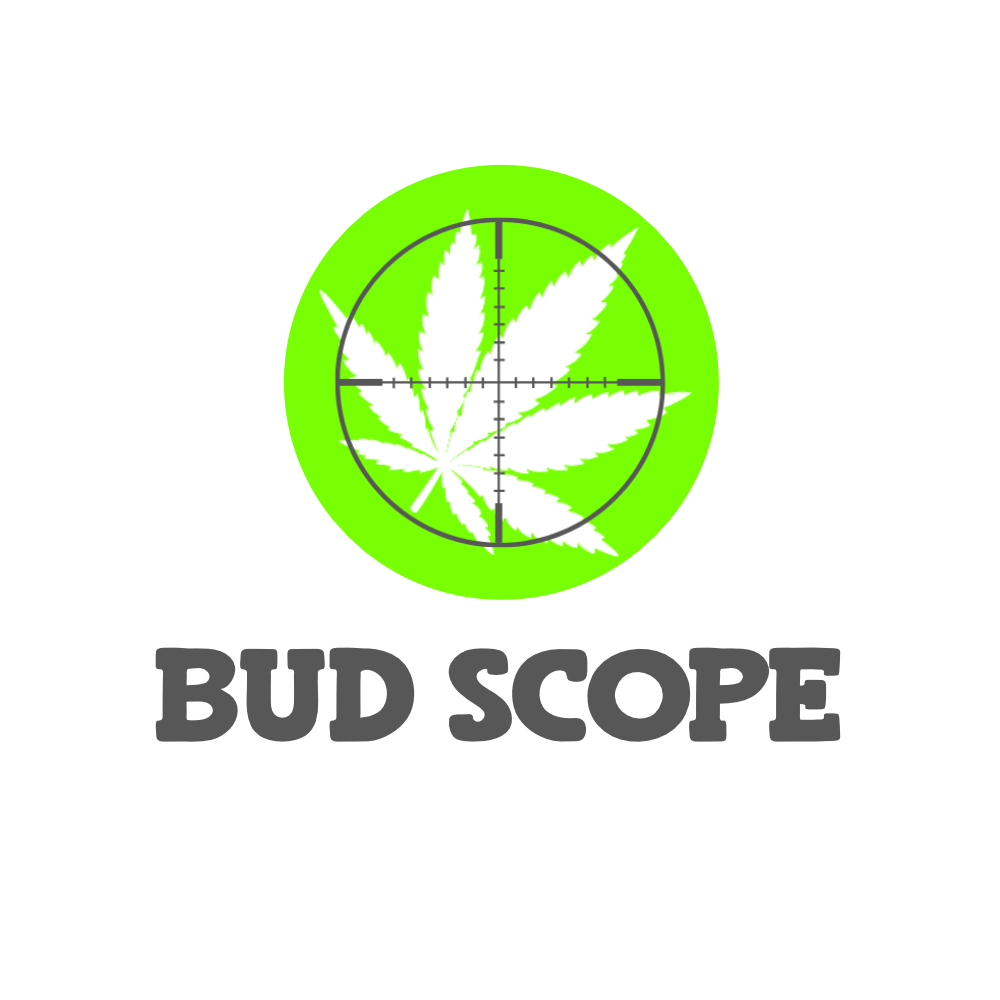Seed Germination
- Germination is the growth of a plant contained within a seed leading to seedling formation.
- Seeds contain an embryo and food reserves enclosed in a seed coat.
- Dormant seeds need specific stimuli to initiate growth.
- Water, oxygen, temperature, and sometimes light are essential for seed germination.
- Water is crucial for imbibition, seed coat rupture, and enzyme activation for growth.
- Temperature affects germination rates.
- Seed dormancy may involve the embryo or seed coat.
- Hormones like abscisic acid and gibberellin regulate seed dormancy.
- Repair mechanisms address DNA damage during germination.
- Germination rate and capacity are determined by genetic, morphological, and environmental factors.
Seedling Establishment
- Radicle appearance marks the end of germination.
- Establishment utilizes food reserves stored in the seed.
- Vulnerability to injury, disease, and water stress is high during establishment.
- Germination index indicates phytotoxins.
- Establishment is a critical phase in a plant’s life cycle.
Dicot and Monocot Germination
Dicot Germination
- Germination starts with the radicle.
- Shoot emerges after water absorption.
- Shoot comprises cotyledons, hypocotyl, and epicotyl.
- Epigeal germination occurs above ground.
- Hypogeal germination involves cotyledons staying underground.
Monocot Germination
- Coleorhiza and coleoptile cover radicle and cotyledon.
- Coleorhiza grows first, followed by the radicle.
- Coleoptile emerges through the ground.
- First leaves emerge from the coleoptile.
Precocious Germination and Other Germination Types
- Precocious germination skips developmental stages.
- Pollen germination is essential for gymnosperms and flowering plants.
- Spores germinate into cells and hyphae in fungi, algae, and some plants.
- Bacterial spores allow survival in adverse conditions.
Stimulated Germination, Factors, and Related Concepts
- Light, environmental cues, and phytochrome B stimulate germination.
- Balance between gibberellin and abscisic acid is crucial.
- Nitric oxide, hormones, and light affect seed dormancy and germination.
- Lily seed germination types, oldest viable seed, pot farm, and other related concepts.
Germination Data Sources
| Reference | URL |
|---|---|
| Glossary | https:/glossary/germination |
| Wikipedia | https://en.wikipedia.org/wiki/Germination |
| Wikidata | https://www.wikidata.org/wiki/Q193838 |
| Knowledge Graph | https://www.google.com/search?kgmid=/m/01h4n0 |
| DBPedia | http://dbpedia.org/resource/Germination |
| Product Ontology | http://www.productontology.org/id/Germination |
